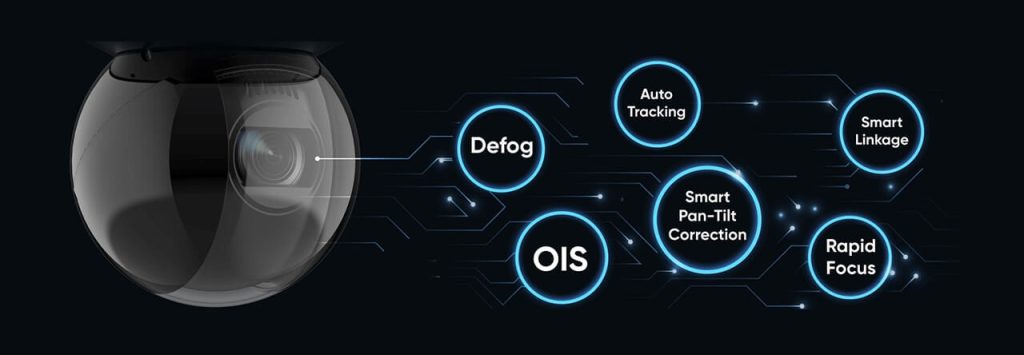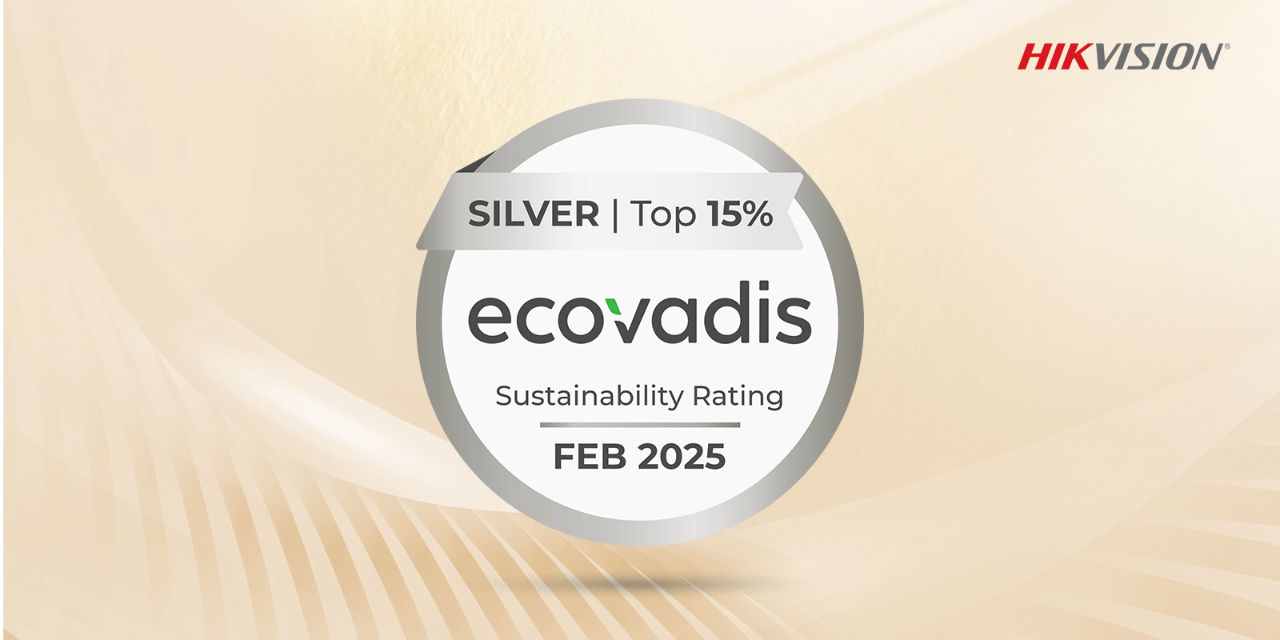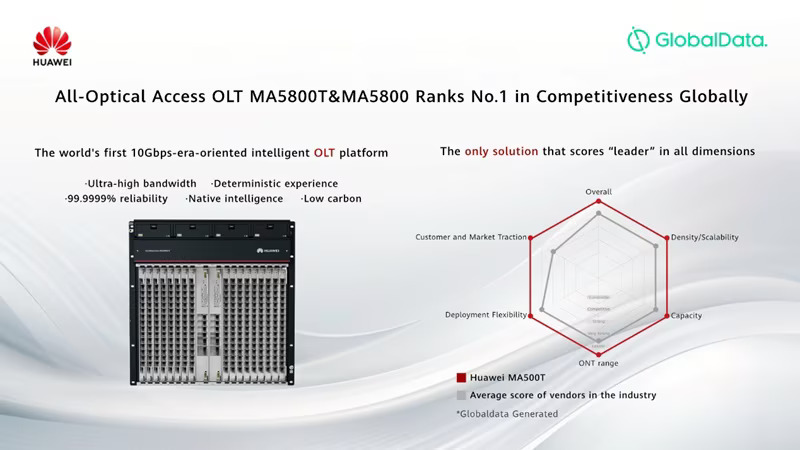Hikvision has integrated seven advanced technologies that drive stability, precision, and efficiency in video monitoring with Pan-Tilt-Zoom (PTZ) cameras. In this blog, we’ll explore how these innovations—such as image stabilization, rapid focusing, and dual-view capabilities—enable Hikvision’s PTZ cameras to provide unmatched performance in various environments.
Numerous real-world challenges face security professionals who need to deliver reliable and efficient video monitoring solutions. Sometimes, it is finding a way to focus on critical issues that occur within a video stream. At other times, they need to be able to ‘see’ in very adverse weather conditions. To cope with these different challenging scenarios, security solutions must be able to adapt and respond with precision and intelligence. Hikvision’s PTZ cameras bring together dedicated technologies designed to address these needs, ensuring optimal performance in the most demanding conditions.
7 innovations that enable Hikvision’s PTZ cameras to be trusted in diverse real-world scenarios
1. Stabilizing images against vibrations
When PTZ cameras are installed on bridges or in areas with strong winds, they are prone to vibration. This can cause the image to show signs of shaking, especially when the lens is extended to its maximum focal length. To address this problem, Hikvision has developed unique Optical Image Stabilization (OIS) and Gyroscope Image Stabilization (GIS) technologies for its PTZ cameras. Both technologies use a gyroscope to detect and measure camera vibrations. The OIS technology compensates for the camera motion by moving the lens in the optical path, ensuring that the lens always stays focused on the sensor. The GIS technology, meanwhile, counterbalances the camera’s motion digitally.
2. Seeing through fog
When monitoring long distances, fog can be a significant issue. Hikvision’s defog technology measures fog density based on the level of grayness in the live video feed and automatically activates a proper defog mode. In light fog, the Algorithmic Defog mode enables the camera to digitally recover and enhance image details to produce colored video. In more challenging, thick fog conditions, the Optical Defog mode is activated. This mode uses infrared light, which can penetrate the fog to generate black-and-white video. Despite the absence of color, the video is of high quality thanks to advanced Image Signal Processing (ISP), which significantly reduces noise.
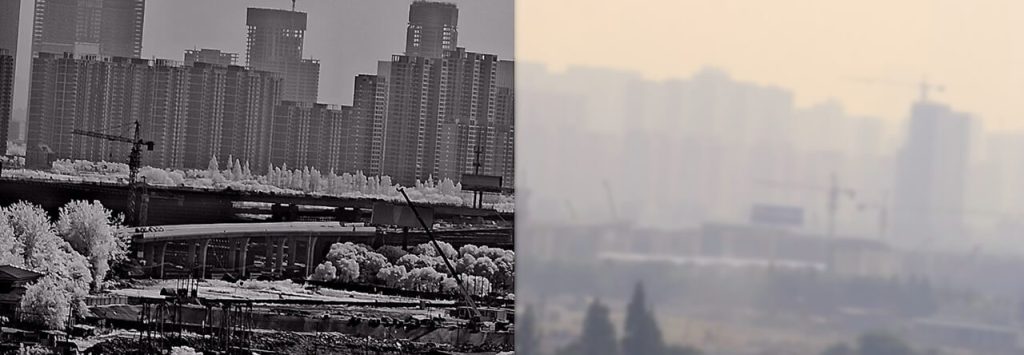
3. Focusing at lightning speed while zooming
Just as eagles can spot small animals from high in the sky, Hikvision’s PTZ cameras can sharply focus on distant objects, even as their zoom level changes. This capability is powered by Hikvision’s Rapid Focus technology. By creating a 3D model of the camera’s surroundings, the system pre-calculates the coordinates and zoom ratio for every point in the scene. When the camera needs to focus on a specific point, it uses this pre-calculated data to quickly achieve sharp focus, dramatically reducing focusing time.
4. Keeping track of moving objects
In some situations, it is essential to continuously track a moving object. In a chemical park, for example, it is crucial to monitor trucks transporting hazardous materials to ensure they follow the designated entrances and routes. In such cases, Hikvision’s Auto Tracking 3.0 technology provides an effective solution. By leveraging Automatic Number Plate Recognition (ANPR), the PTZ camera can identify, lock onto, and accurately follow a specific vehicle. The camera’s pan and tilt capabilities allow it to maintain focus on the vehicle as long as it remains within coverage, even if it is temporarily obscured by other objects.
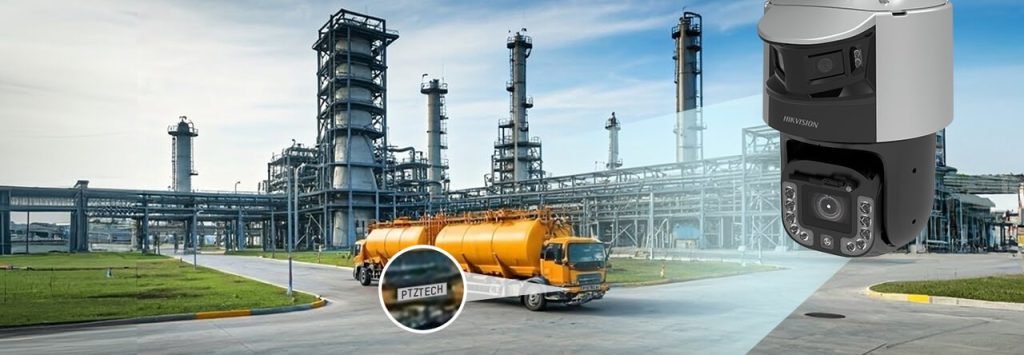
5. Delivering dual, smartly-linked views at once
When a traditional PTZ camera moves or zooms in, incidents outside its current field of view may be missed, creating gaps in coverage. In environments such as critical facilities or infrastructures, maintaining complete, uninterrupted coverage is vital in ensuring no incident goes unnoticed. Hikvision’s TandemVu PTZ cameras tackle this challenge by integrating multiple lenses, offering panoramic and close-up views simultaneously. The innovative Smart Linkage technology ensures that when an object is detected in the panoramic view, the PTZ lens automatically activates to track and identify it. If it identifies a trespasser, the camera can even issue visual and auditory warnings. This dual-view capability allows users to focus on details or respond to specific events while maintaining a wider overview, ensuring effective situational awareness.
6. Extending operational life with an upgraded slip ring for pan-tilt
PTZ cameras undergo countless pan and tilt movements throughout their lifespan, which can lead to mechanical wear and decreased reliability in standard models. Hikvision’s Dual-Track Slip Ring is designed to address this challenge by offering enhanced durability and redundancy. The dual-track design ensures that the camera remains operational even if one track experiences damage, providing up to 10 years of reliable performance. The gold-plated tracks further enhance smoothness and resistance to wear, ensuring continuous and stable operations necessary for demanding applications.
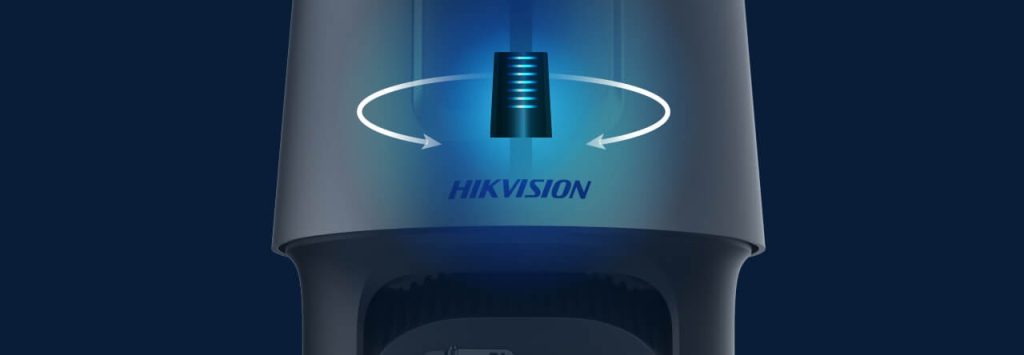
7. Automatic recovery from lens direction drift
In high-traffic environments, such as busy intersections, PTZ cameras must continually pan and tilt to provide complete coverage, which can lead to gradual lens direction drift. Hikvision’s Smart Pan-Tilt Correction technology solves this problem by automatically keeping the camera lens aligned with the intended direction, even during prolonged operation or when affected by external forces. This technology detects and corrects any directional drift, ensuring precise monitoring and accurate privacy masking. As a result, users are guaranteed the exact coverage needed for dependable security.
Hikvision’s PTZ cameras are crafted with one goal in mind: to address a diverse range of challenges with precision, reliability, and intelligence. Whether it’s through ensuring stable video in windy environments, tracking moving vehicles as they travel through high-security zones, or providing clear visibility even in dense fog, these tailored technologies guarantee the powerful performance of PTZ cameras that users demand. They work together to reduce maintenance needs and costs, enhance operational efficiency, and ensure that no critical moment is missed.
